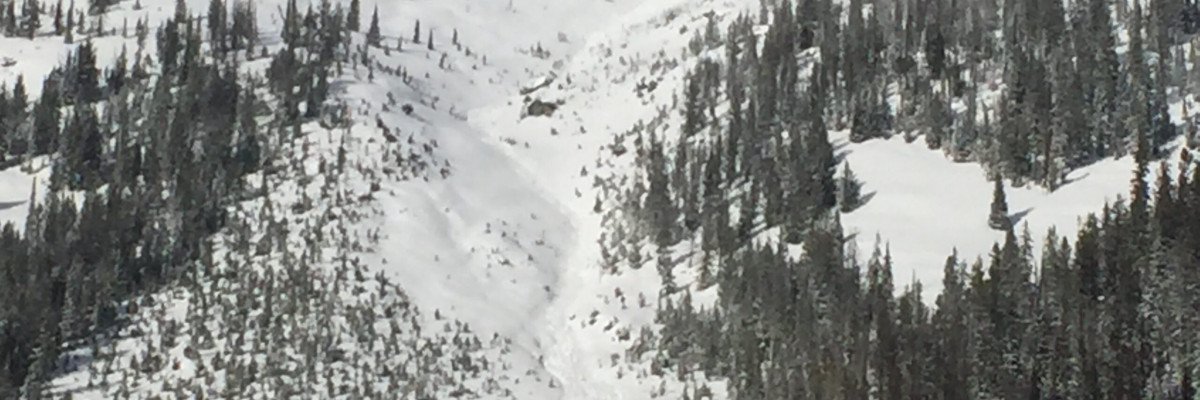An Avalanche Warning is in effect for the west central Montana backcountry. The current avalanche danger is HIGH. Very dangerous avalanche conditions are present. Travel in avalanche terrain is not recommended today. Human triggered avalanches are very likely, and natural avalanches are likely. Avoid runout zones.
Good morning, this is Travis Craft with an avalanche warning for February 10, 2017. This avalanche warning will expire at 0600 am on February 11, 2017. The warning will be extended or terminated at that time.
This danger rating does not apply to operating ski areas and is the sole responsibility of the U.S. Forest Service.
Weather and Snowpack
Mountain temperatures range from 30 F to 37 F in the region. Winds are 12 mph with gusts of 18 mph out of the SSW in the Bitterroot. Point Six, in the northern part of the advisory area, winds are calm. The region has picked up several new inches of heavy wet snow and rain to 6500 ft in the last 24 hours. The new snow had SWE’s ranging from .3 to 2.1 inches of water.
Yesterday Snowbowl ski patrol got impressive results with explosives, slabs failed 8 to 12 inches deep then stepped down into deeper layers in the snowpack. All routes observed shooting cracks and collapse noises. Rain fell to 6500 feet yesterday.
The main avalanche problem today is persistent slabs. The new load of snow and rain are stressing our weak layers in the snowpack. Travel in avalanche terrain is not recommended.
The second avalanche concern is storm slabs. We are still accumulating snow. The new snow is heavy and wet and is on top of lighter dryer snow. The snowpack needs time to adjust to the new load. Avoid runout zones.
The final avalanche problem will be wind slabs above 6500 ft. These slabs were stubborn to ski cuts yesterday on control routes but released easily with explosives. The addition of new snow on these slabs will make them more sensitive to triggers. Travel in avalanche terrain is not recommended.
Below 6500 feet the primary concern will be wet slabs. Rain and temperatures above freezing have made unstable conditions in lower elevation snowpacks. Roller balls are sure signs of instability. Avoid traveling in runout zones.
Avalanche and Weather Outlook
Colder air moves into the area today and tonight which will drop the snow line. The forecast is for continued precipitation. With the predicted weather expect the avalanche danger to stay the same.
If you are out in the backcountry, please send us your observations, these are very helpful in producing the advisory. Logan will issue the next advisory on February 11, 2017.
Ski and ride safe.
























